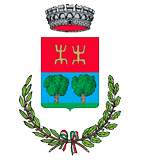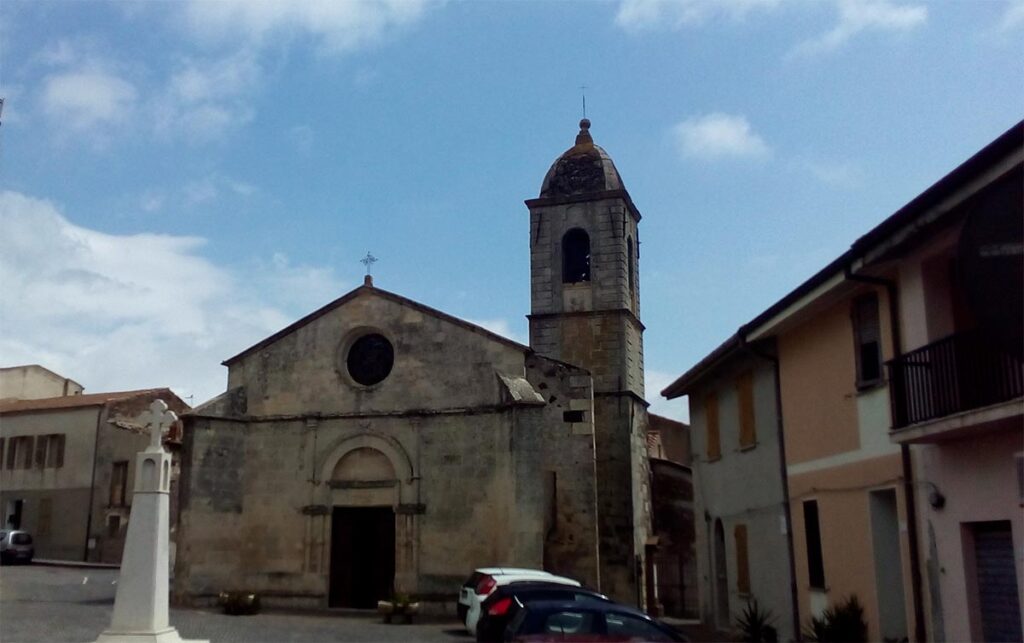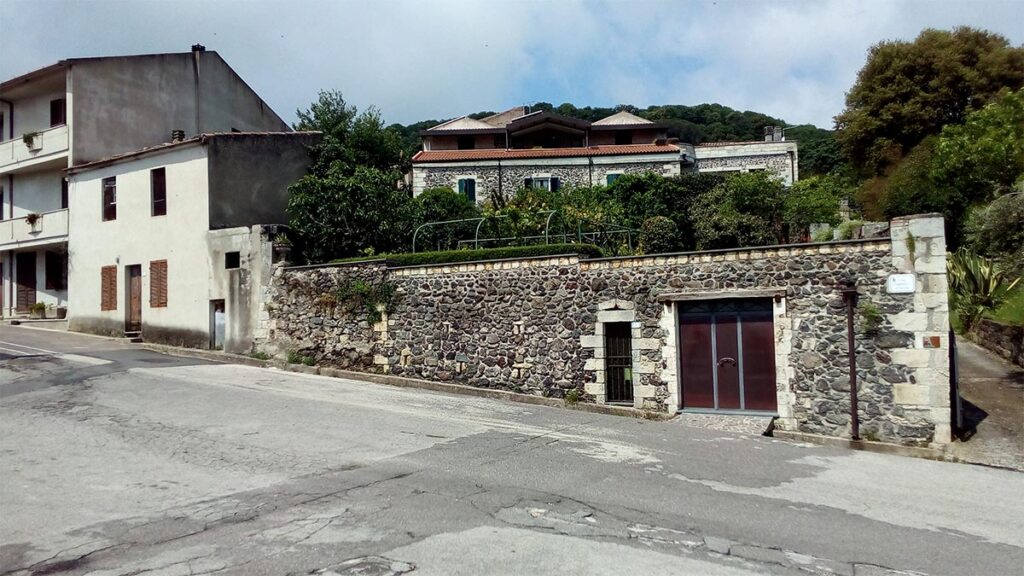
Cheremule
The urban core and the parish church
Further north of the present village, in the Fraos region, were found the remnants of an old parish church dedicated to Saint Victoria, which is thought to be the site of the village’s first inhabited settlements. Folklore holds that the city was built by a group of shepherds who moved from the Nurighes valley to the present site of the settlement, which was probably meteorologically conducive.
The town was incorporated into the Marquisate of Monte Maggiore in the fifteenth century, and the town’s population expanded around the church of San Gabriele, built in the sixteenth century by the famous feudal rulers of the area, the Manca di Mores. Priceless Baroque wooden altars set amid magnificent late Gothic architecture may be found inside.
Its mostly volcanic terrain is marked by the presence of the Monte Cuccuruddu relief, which has traces of the mining of cheremulite, a valuable mineral used in construction.
The region is crowned by lush oak and holm-oak woods, as well as several plentiful springs (many of which are documented in 19th-century sources).
Revolutionary upheavals
As a constituent of the marquisate of Monte Maggiore, the town actively participated in the anti-feudal uprisings. The signatures of the mayor Juan Sanna Fancellu, the priests Salvador Branca and Salvador Paddeu, and fifteen consellers of the community council can be found on the “Instrument of Union” dated March 1796. In addition, to the cry of ‘viva il re e fora li feudatari!‘ (long live the king and fora li feudatories!), a sizable contingent from Cheremola joined Angioy in Thiesi, ready to resume their march in the direction of Cagliari.
Among them were Giovanni Agostino Bagella and Giovanni Sanna Fancellu.
Brancaleone Cugusi's residence
Early in the 20th century, district physician Leonardo Cugusi moved his family from Romana to Cheremule. The future well-known artist Brancaleone was born and raised in the home beside the village gate. After enrolling in the village’s elementary school, he started drawing. He improved his academic performance by visiting Cheremule often.
In 1936, he completed six paintings in the little village of Meilogu, which featured inhabitants going about their daily lives.
Just a few days before the Biennale, in which he had taken part by showcasing a range of works, opened in 1941, he passed away in Milan.
The Petroglyph Reserve
The ‘Park of the Petroglyphs’ programme, which includes Museddu, Tennero, and Mattarigotza, was initiated in 2009 by the municipality of Cheremule.
In the area, there are 37 domus de janas that date back to the Recent Neolithic.
Particularly noteworthy are the stylized human shapes (petroglyphs) carved into the rock at the Branca tomb.
During the Roman rule, the domus was utilised for mining and winemaking, and during the Byzantine era, it was once again utilised as a cemetery (the quarry tomb).
Biography
Archivio di Stato di Sassari, Atti Notarili, copie, Sassari ville, 1796, vol. 1
V. Del Piano, Giacobini moderati e reazionari in Sardegna, Cagliari 1996
M. P. Derudas, Parco dei petroglifi. Uomo e paesaggio nella valle di Cheremule, Cagliari 2013
S. A. Tedde, Pabilos, la comunità di Bessude alla riscoperta della memoria, Thiesi 2011
S. Cuccureddu, Cheremule, Sassari 2012
Credits
A. Nasone, G. Ruggiu, S. A. Tedde



